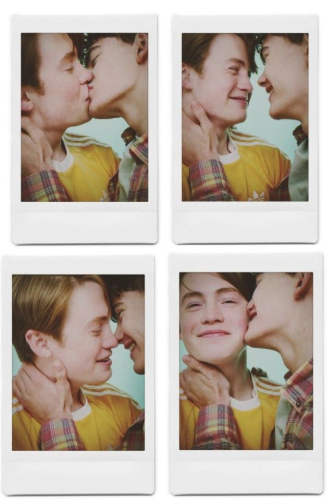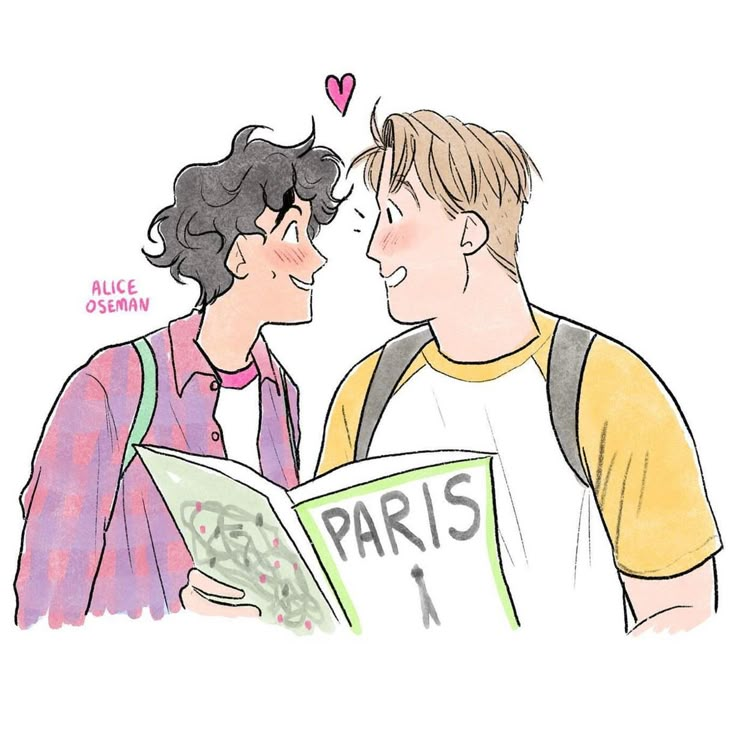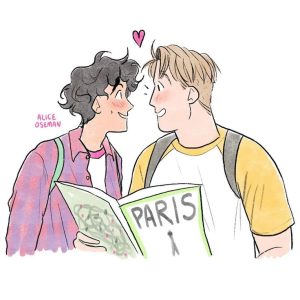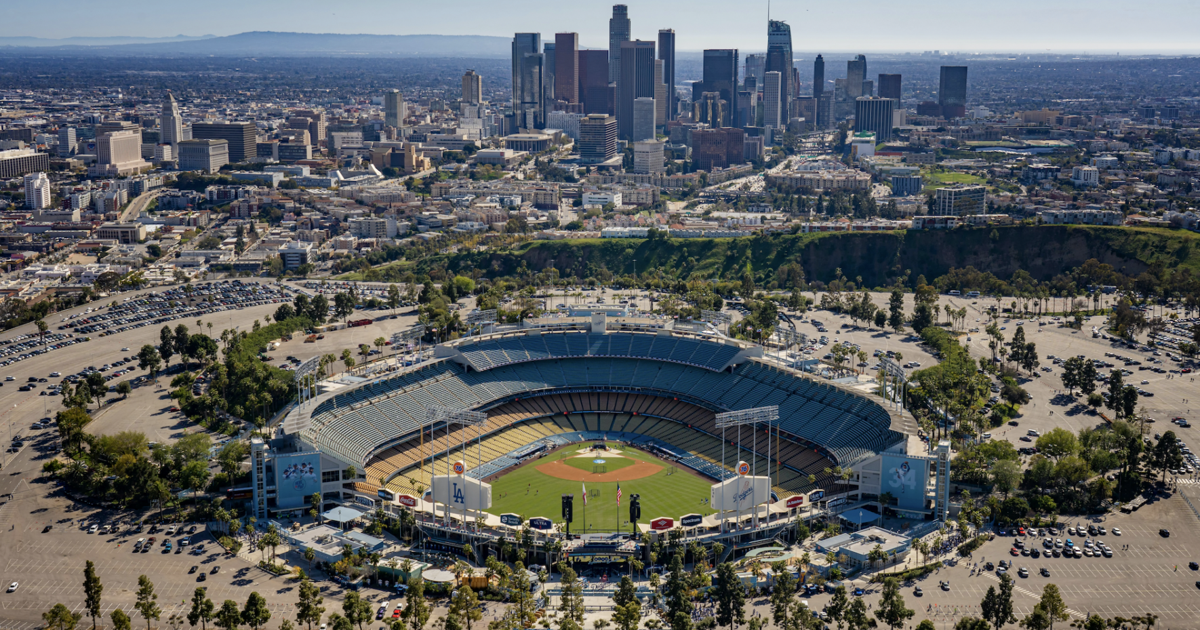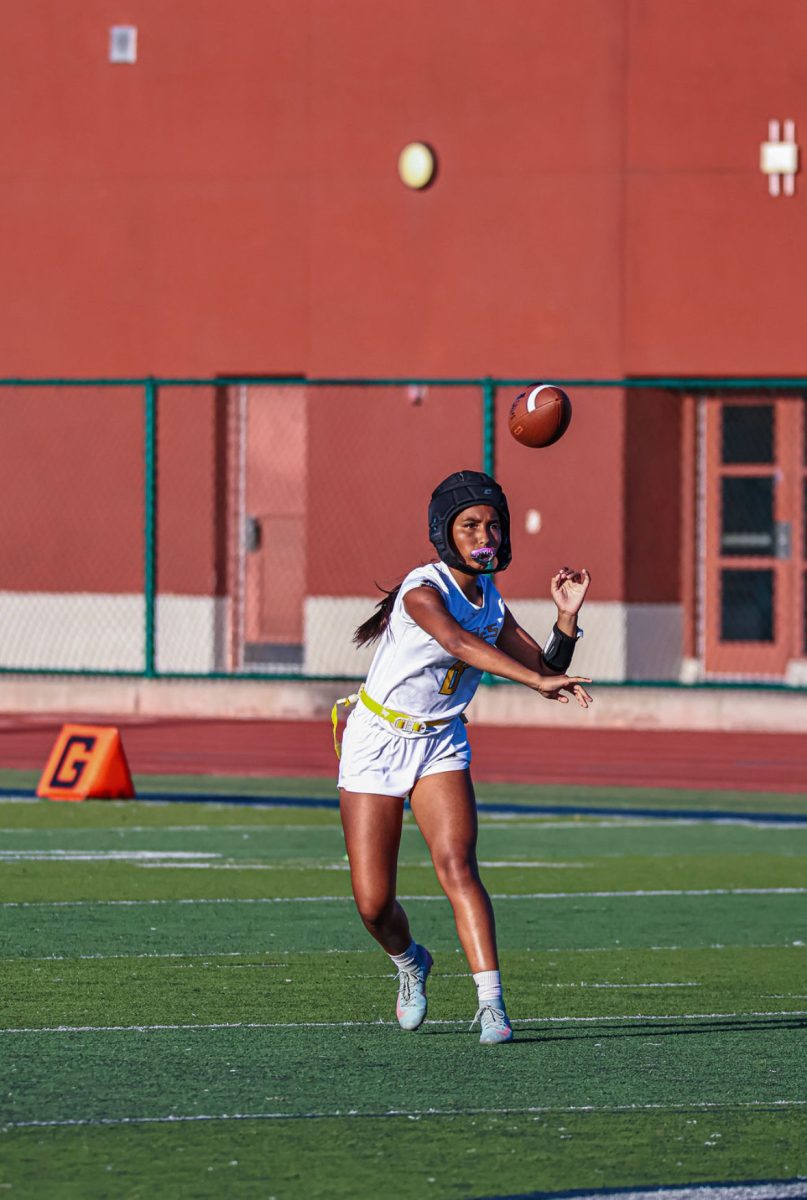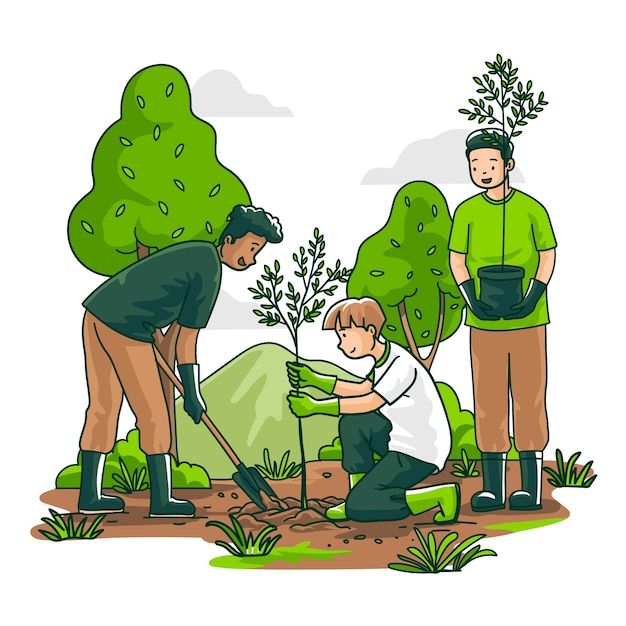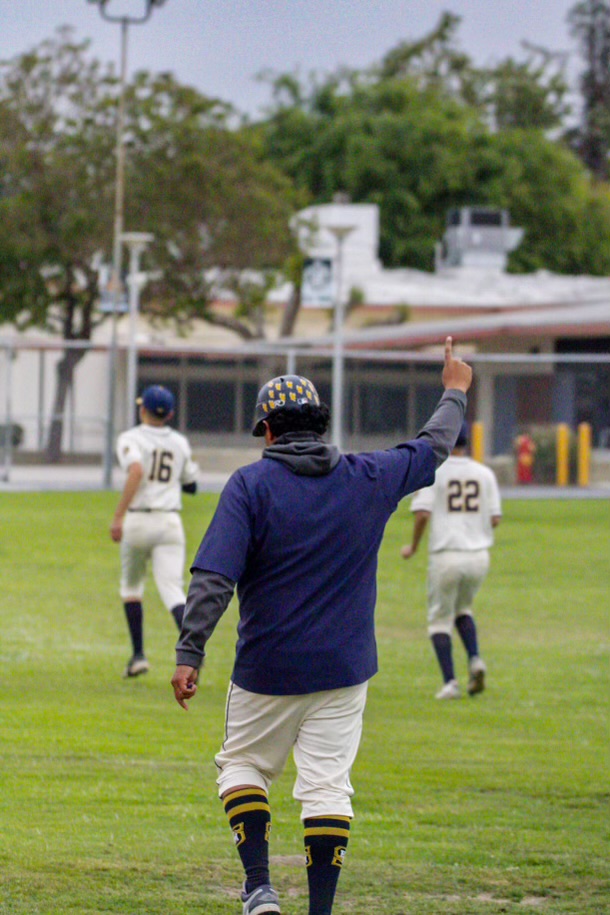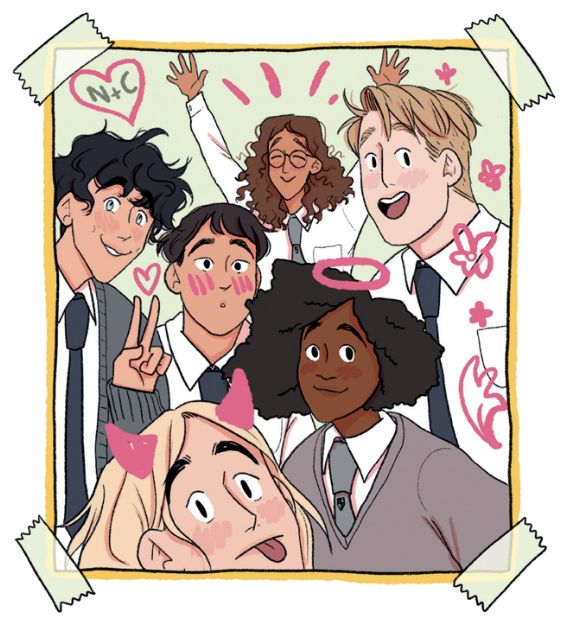
In recent years, few stories have resonated with young audiences as deeply as Heartstopper, the graphic novel series and Netflix show by Alice Oseman. What began as a simple webcomic about two high school boys falling in love has grown into a powerful cultural phenomenon. Its honest and relatable storytelling has become a source of comfort and validation for teens navigating identity, relationships, and mental health.
The story centers around two main characters: Charlie Spring and Nick Nelson. Charlie is quiet, kind, and openly gay. Nick is a popular rugby player who begins questioning his sexuality as he grows closer to Charlie. Their friendship gradually evolves into something deeper, and through their journey, both boys come to better understand themselves. What sets Heartstopper apart is its focus on small, real-life moments rather than exaggerated drama. The characters deal with the kind of experiences many young people go through, awkward conversations, school stress, and figuring out who they are.
Heartstopper thoughtfully explores coming out, anxiety, bullying, and self-acceptance. Charlie struggles with low self-esteem and mental health due to the way others have treated him, while Nick goes through the complex process of realizing he’s bisexual. The story doesn’t pretend everything is perfect, but also avoids falling into despair. Instead, it offers hope and understanding. It sends the message that it’s okay not to have all the answers right away, and that questioning who you are is a valid and important part of growing up.
One of the most powerful aspects of Heartstopper is its respectful and positive portrayal of LGBTQ+ characters. For many young people, especially those who are queer—this might be the first time they’ve seen characters like themselves portrayed with such care. Charlie and Nick’s relationship is filled with love, growth, and support, rather than rejection or tragedy. This kind of representation is still far too rare, and it can be truly life-changing for viewers who have never felt seen in media before.
Beyond the romance, Heartstopper explores the importance of friendship, family, and community. Characters like Elle, Tao, Tara, Darcy, and Isaac bring depth and variety to the story. Elle, a transgender girl, faces the challenges of adjusting to a new school. Tara and Darcy navigate what it means to be openly in a relationship. These stories show more than a single LGBTQ+ experience; each character’s path is unique, and all are treated with empathy and authenticity.
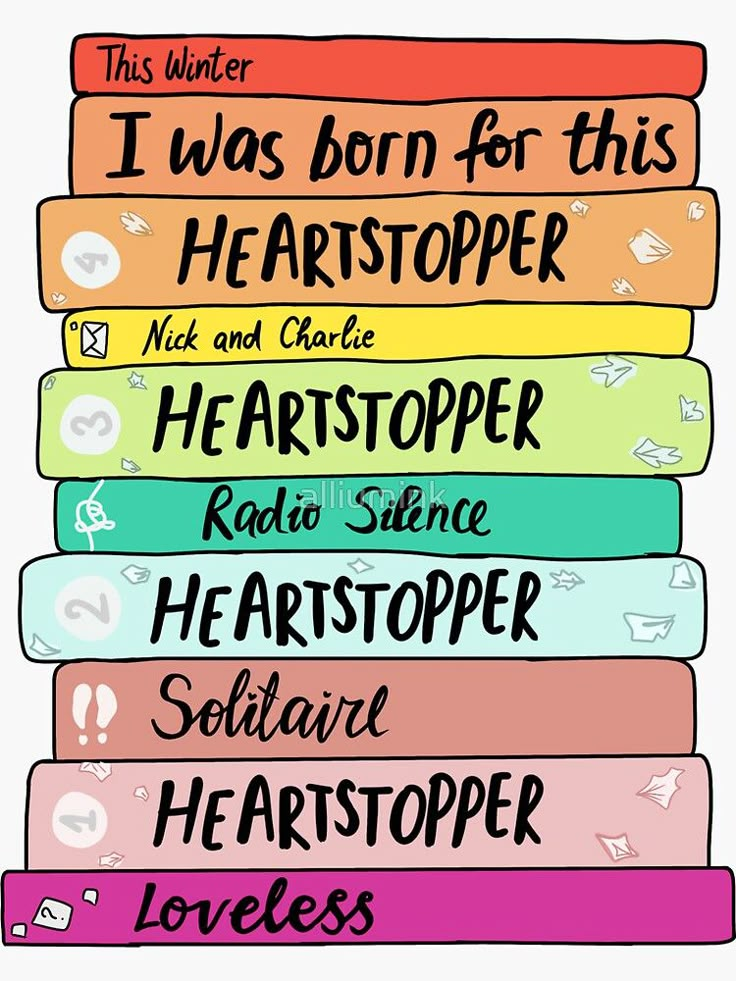
Alice Oseman first launched Heartstopper as a free webcomic in 2016. It quickly gained a passionate following and was later published as a graphic novel series. Oseman, who is openly queer herself, created Heartstopper to be a safe and real space for LGBTQ+ teens, something she felt was missing in mainstream media. The comic’s success eventually led to a Netflix adaptation, which premiered in April 2022.

The show was a hit almost instantly. With a talented cast, faithful storytelling, and striking visuals that reflect the original comic’s spirit, it captured the same emotional depth that fans loved in the books. Joe Locke (Charlie) and Kit Connor (Nick) were praised for their heartfelt performances, and the show retained the comic’s signature style through animated details like floating leaves and hearts that reflect the characters’ emotions.
In a world where many teens feel pressured to hide parts of themselves, Heartstopper delivers a powerful message: it’s okay to be exactly who you are. Whether you’re discovering your sexuality, dealing with anxiety, or trying to find your place, the story reminds you that your feelings are valid and that love and friendship can help you through even the toughest times.
Many fans have shared how Heartstopper gave them the courage to come out, helped them feel less alone, or offered clarity about their own identities. The series has fostered a supportive community where people can talk openly about difficult topics and lift each other. It has also inspired other creators to tell stories that highlight LGBTQ+ lives in honest, hopeful ways.
The impact of Heartstopper goes far beyond books and television. For many teens, it’s the first time they’ve seen themselves as the central character of a story, not just a sidekick or stereotype. That kind of visibility can be incredibly empowering. It shows young people that their experiences matter, that they deserve love, and that they aren’t alone.
At its heart, Heartstopper is more than just a love story. It’s a celebration of identity, connection, and acceptance. It’s a reminder that no matter what you’re going through, finding people who truly see and support you can make all the difference.


